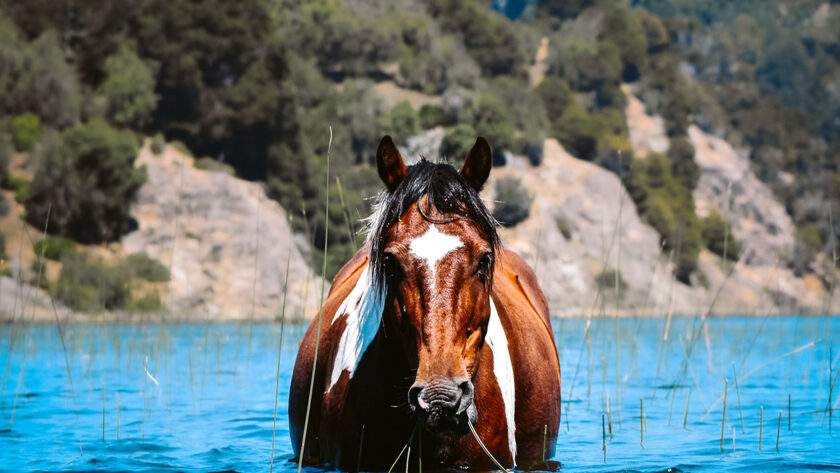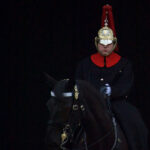Head collars and halters are indispensable equestrian accessories for leading, tethering, and training horses.
These items are available in diverse materials such as leather, nylon, rope, or synthetic variants, often embellished with decorative brass fixtures.
Prudent care of head collars and halters is pivotal to preserving their functionality and ensuring the horse’s safety and comfort.
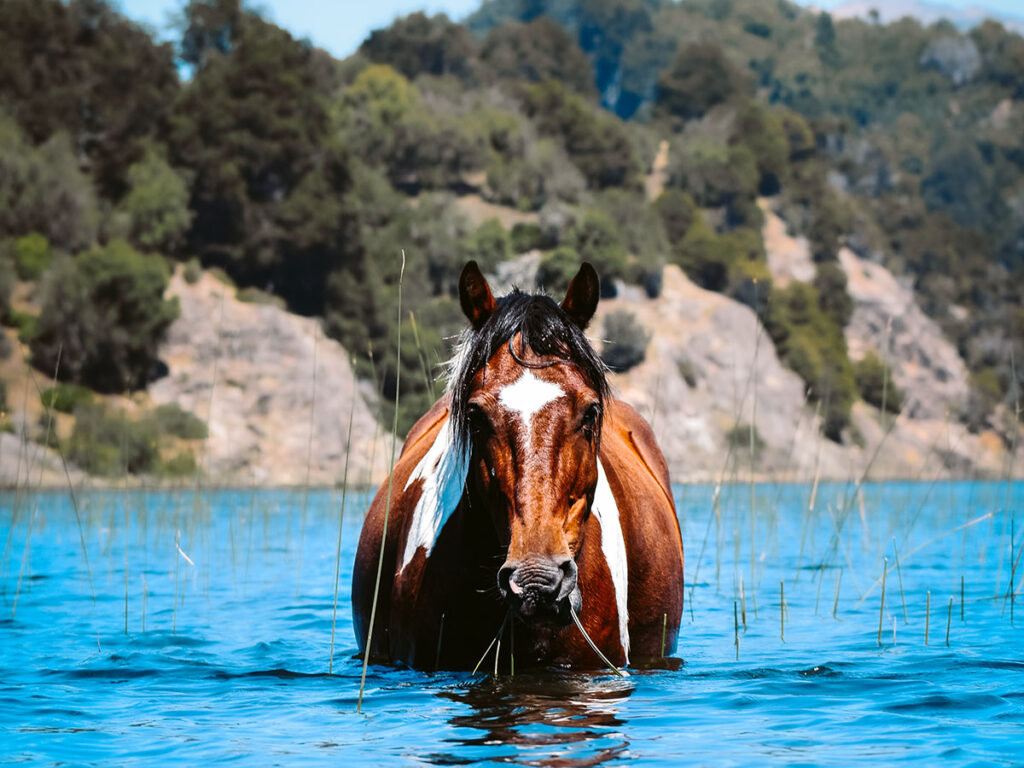
Over time, these accessories can accumulate grime, stains, and odours, which can be unpleasant for the horse and its handler. Regular cleaning and upkeep can prolong their lifespan, save money for horse owners, and guarantee the horse’s utmost comfort.
This article will delve into various aspects related to the proper maintenance of head collars and halters. We will cover topics such as handwashing a head collar, cleansing a soiled halter, washing a lead rope, and caring for materials like leather and brass.
Handwashing a Head Collar
A soiled head collar can cause discomfort and potentially irritate the horse’s skin.
Here’s how to correctly handwash it:
Preparing the head collar for washing:
- Eliminate any loose dirt or debris from the head collar.
- If the head collar features metal fittings, safeguard them by covering them with a cloth or tape to prevent damage in the washing machine.
Handwashing the head collar:
- Fill a sink or basin with warm water and add a small amount of mild soap or detergent.
- Immerse the head collar in the water and gently agitate it using your hands.
- Pay special attention to heavily soiled or stained areas.
- Thoroughly rinse the head collar with clean water.
Machine washing the head collar (if applicable):
- Refer to the manufacturer’s guidelines to ascertain if the head collar is machine washable.
- If suitable, place the head collar in a mesh laundry bag and launder it on a delicate cycle using a small quantity of mild detergent.
- Avoid washing the head collar with other items.
Drying the head collar:
- Squeeze out excess water from the head collar.
- Hang the head collar in a well-ventilated area to air dry.
- Refrain from using a dryer or subjecting the head collar to direct heat, as it may cause damage.
By following these steps, you can keep your horse’s head collar clean and comfortable for an extended period.

Cleaning a Soiled Halter
Halters can accumulate dirt, sweat, and grime, necessitating regular cleaning. To ensure their cleanliness, adhere to the subsequent instructions:
Removing dirt and debris:
- Employ a soft-bristled brush or cloth to dislodge any loose dirt or debris from the halter.
- Pay particular attention to areas in contact with the horse’s skin, such as the noseband and crownpiece.
Soaking the halter:
- Fill a bucket or sink with warm water and add a small amount of mild soap or detergent.
- Submerge the halter in the water and allow it to soak for 15-20 minutes.
- Avoid immersing brass fittings, as it may cause damage.
Cleaning the halter with soap and water:
- After soaking, gently scrub the halter with a soft-bristled brush or cloth, focusing on soiled or stained areas.
- Rinse the halter thoroughly with clean water.
Drying the halter:
- Squeeze out excess water from the halter.
- Hang the halter in a well-ventilated area to air dry.
- Refrain from using a dryer or subjecting the halter to direct heat, as it may cause damage.
By following these steps, you can maintain a clean and comfortable halter for your horse’s daily use.
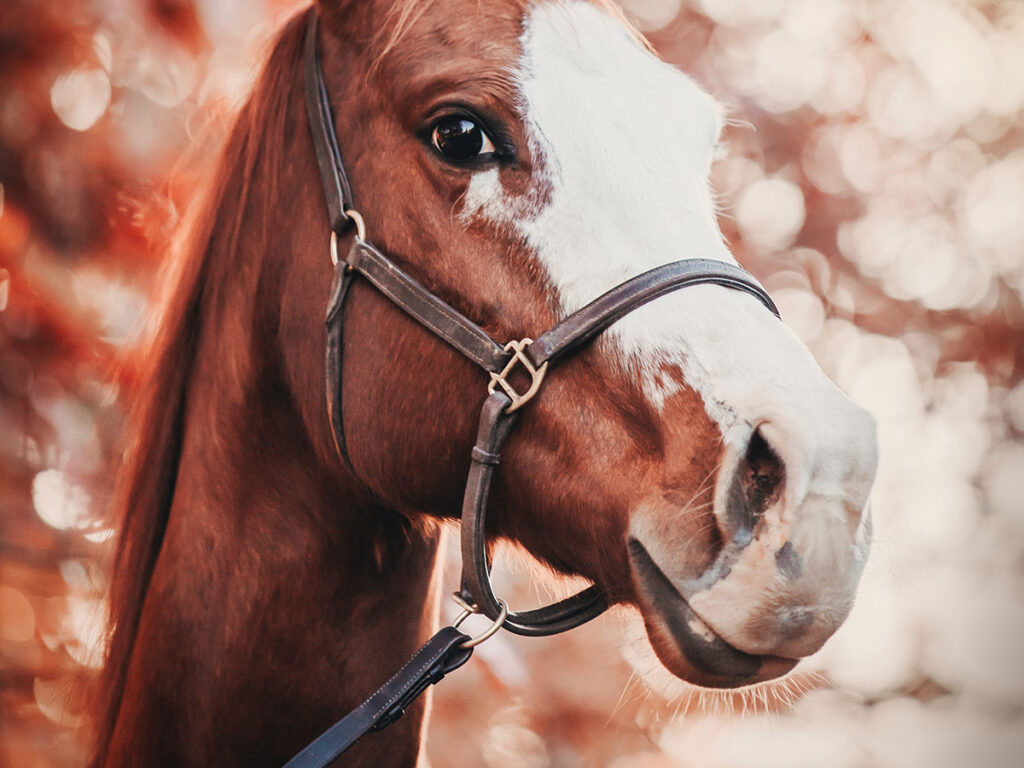
Cleaning a Halter and Lead Rope
Regular cleaning of both the halter and lead rope is essential for preserving their longevity.
Here’s how you can keep them clean:
Separating the halter and lead rope:
- Unclip the lead rope from the halter.
- If the lead rope is made of a different material than the halter, follow the appropriate cleaning steps for each item.
Cleaning the halter:
- Follow the steps outlined in the previous section for cleaning a soiled halter.
- If the halter is made of leather, refer to the subsequent section on cleaning leather head collars for specific instructions.
Cleaning the lead rope:
- Fill a bucket or sink with warm water and add a small amount of mild soap or detergent.
- Submerge the lead rope in the water and gently agitate it with your hands.
- Pay extra attention to heavily soiled or stained areas.
- Rinse the lead rope thoroughly with clean water.
Drying the halter and lead rope:
- Squeeze out excess water from both the halter and lead rope.
- Hang them in a well-ventilated area to air dry.
- Avoid using a dryer or exposing them to direct heat, as it may cause damage to the materials.
By following these steps, you can maintain the halter and lead rope in clean and good condition for your daily equestrian activities.

Cleaning Leather Horse Halters and Headcollars
Leather head collars and halters require special care to uphold their quality and appearance.
Follow these steps to clean a leather head collar:
Preparing the leather head collar for cleaning:
- Use a soft-bristled brush or cloth to remove any excess dirt or debris from the head collar.
- Inspect the leather for scratches or marks and treat them accordingly.
Cleaning the leather head collar with soap and water:
- Fill a bucket with warm water and add a small amount of mild soap or detergent.
- Dip a soft cloth into the soapy water and wring out any excess.
- Gently rub the cloth over the entire surface of the head collar, focusing on dirty or stained areas.
- Avoid saturating the leather with water, as it may cause damage.
Conditioning the leather head collar:
- Once the head collar is clean and dry, apply a leather conditioner to keep the leather soft and supple.
- Follow the instructions on the conditioner packaging and apply it evenly over the entire surface of the head collar.
- Allow the conditioner to absorb into the leather for a few minutes before wiping away any excess with a soft cloth.
Drying the leather head collar:
- Wipe away any remaining moisture from the head collar using a clean, dry cloth.
- Hang the head collar in a well-ventilated area to air dry.
- Avoid using a hairdryer or exposing the head collar to direct sunlight or heat, as it may damage the leather.
By following these steps, you can keep your leather head collar clean and in optimal condition.
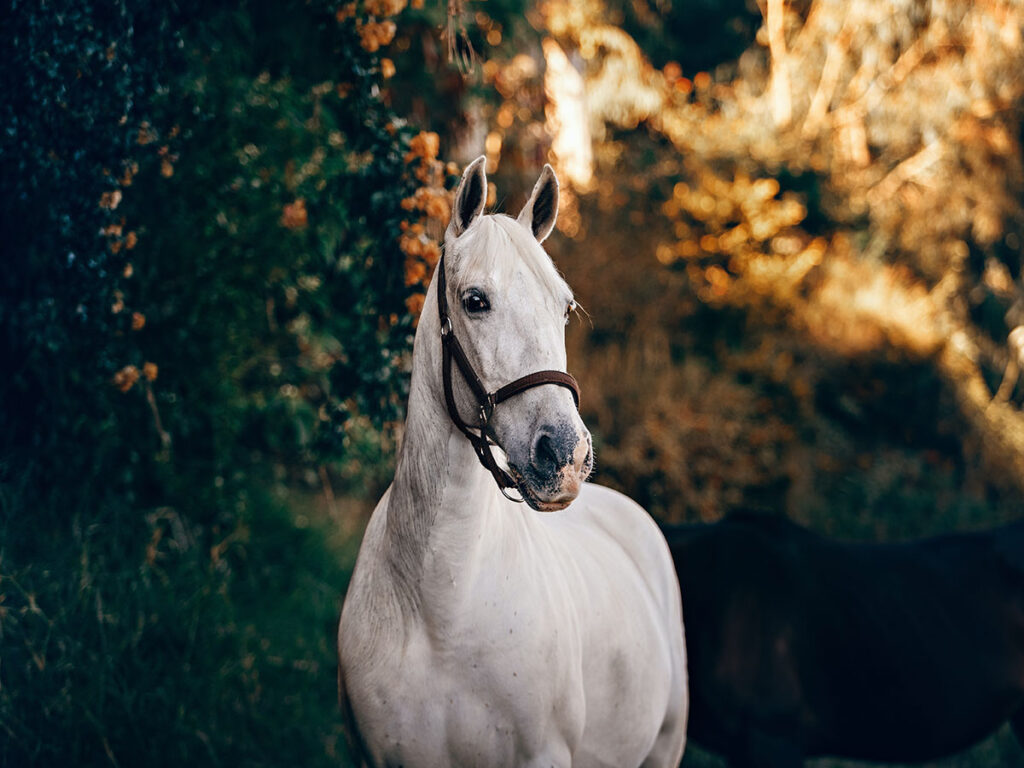
Cleaning Brass on a Horse Halter or Headcollar
Brass fittings on a horse halter can add an elegant touch however they do require proper cleaning to maintain their shine.
Here’s how to clean brass parts:
Preparing the brass for cleaning:
- Remove the brass parts from the halter and separate them.
- Use a soft-bristled brush or cloth to eliminate any loose dirt or debris.
Cleaning the brass with a brass cleaner or homemade solution:
- Commercial brass cleaners are available in the market, and you should follow the instructions on the package.
- Alternatively, you can create a homemade solution by mixing equal parts of white vinegar and water in a bowl.
- Dip a soft-bristled brush or cloth into the solution and gently rub it over the brass parts.
- Pay attention to any tarnished or dirty areas, ensuring a thorough cleaning.
- Rinse the brass parts with clean water and dry them with a soft cloth.
Drying the brass:
- Use a soft, clean cloth to dry the brass parts thoroughly.
- Buff the brass with a dry cloth to restore its shine.
Pro tip: To prevent tarnishing and maintain the shine of brass fittings, apply a thin layer of olive oil or baby oil after cleaning.
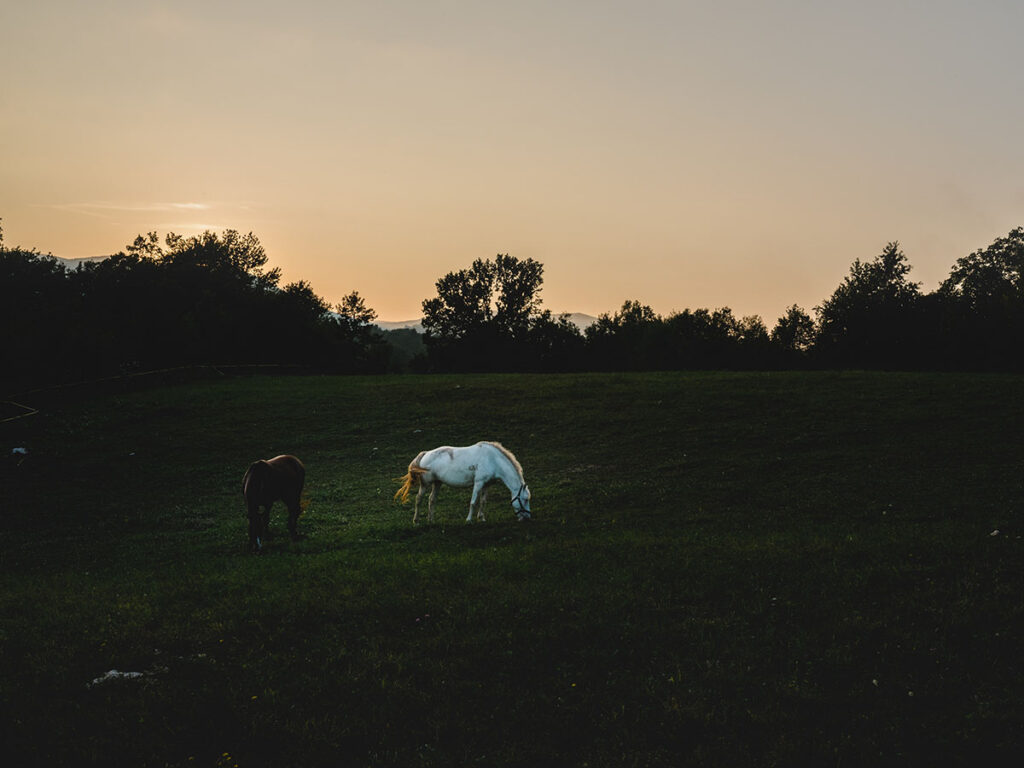
Can You Wash a Lead Rope?
Explanation of lead rope materials:
- Lead ropes can be made of different materials, including synthetic fibres like nylon or polyester, or natural fibres like cotton or hemp.
- The type of material will determine the best cleaning method.
Washing lead ropes made of synthetic materials:
- Synthetic lead ropes can usually be machine washed.
- Place the lead rope in a mesh laundry bag or pillowcase to protect it from tangling and snagging.
- Use a mild detergent and wash it on a gentle cycle with cold water.
- Hang the lead rope to air dry, away from direct sunlight or heat.
Washing lead ropes made of natural fibres:
- Natural fibre lead ropes should be hand washed to avoid damaging the fibres.
- Fill a bucket with cold water and add a mild detergent.
- Soak the lead rope in the solution for 10-15 minutes.
- Gently rub the rope with a soft-bristled brush to remove dirt or debris.
- Rinse the lead rope thoroughly with clean water until no soap residue remains.
- Hang the lead rope to air dry, away from direct sunlight or heat.
Pro tip: Always check the manufacturer’s care instructions for the lead rope before washing. If you are unsure, it’s better to hand wash the lead rope to prevent any potential damage.
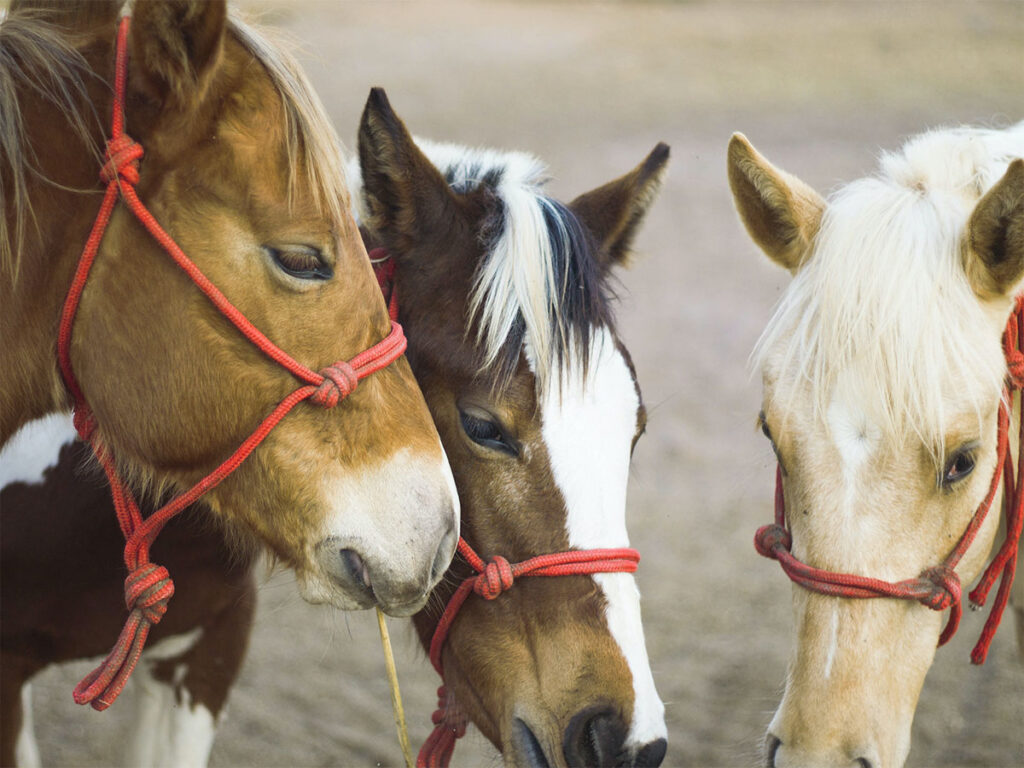
Can You Wash Halters in the Washing Machine?
Explanation of halter materials:
- Halters can be made of different materials, including synthetic fibres like nylon or polyester, or natural fibres like cotton or hemp.
- The material will determine the appropriate cleaning method.
Washing halters made of synthetic materials:
- Synthetic halters can usually be machine washed.
- Place the halter in a mesh laundry bag or pillowcase to protect it from tangling and snagging.
- Use a mild detergent and wash it on a gentle cycle with cold water.
- Hang the halter to air dry, away from direct sunlight or heat.
Washing halters made of natural fibres:
- Natural fibre halters should be hand washed to avoid damaging the fibres.
- Fill a bucket with cold water and add a mild detergent.
- Soak the halter in the solution for 10-15 minutes.
- Gently rub the halter with a soft-bristled brush to remove dirt or debris.
- Rinse the halter thoroughly with clean water until no soap residue remains.
- Hang the halter to air dry, away from direct sunlight or heat.
Pro tip: Always check the manufacturer’s care instructions for the halter before washing. If you are unsure, it’s better to hand wash the halter to prevent any potential damage.
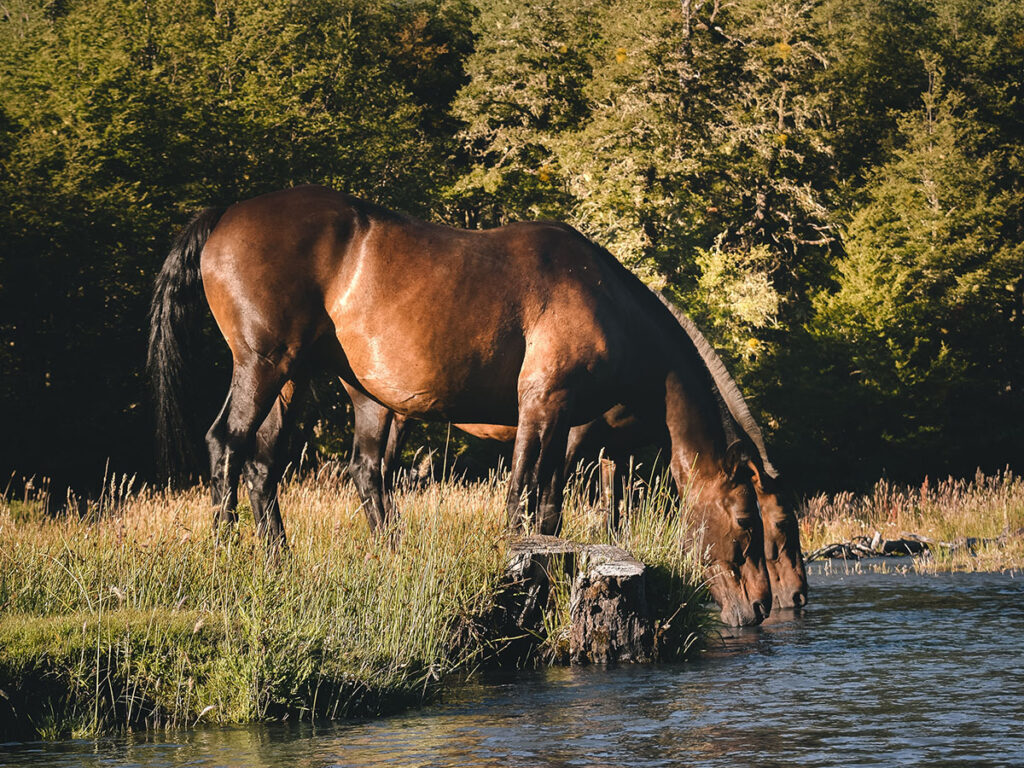
In this article, we have provided instructions on how to properly care for and clean head collars, halters, lead ropes, and their respective materials. By following these guidelines, you can maintain functionality, comfort, and longevity of your equine accessories.
Regular cleaning and maintenance extends the lifespan of these items but also contributes to overall safety and well-being of your horse. Remember to check the manufacturer’s care instructions for specific recommendations and always err on the side of caution if you are uncertain about the cleaning method.
We hope this article has helped elevate your knowledge to ensure that your horse’s head collars and halters remain clean, comfortable, and in good condition for years to come.

